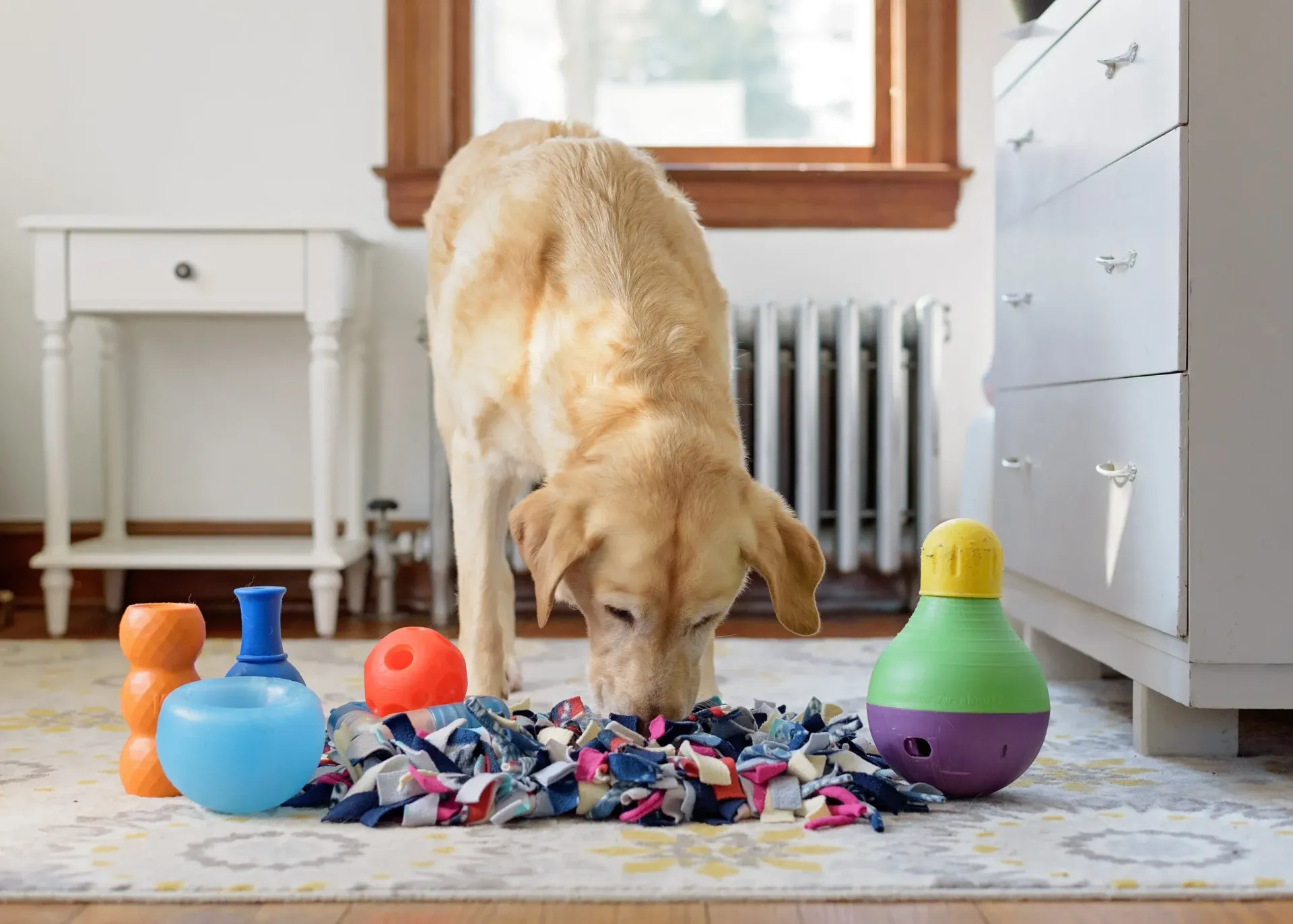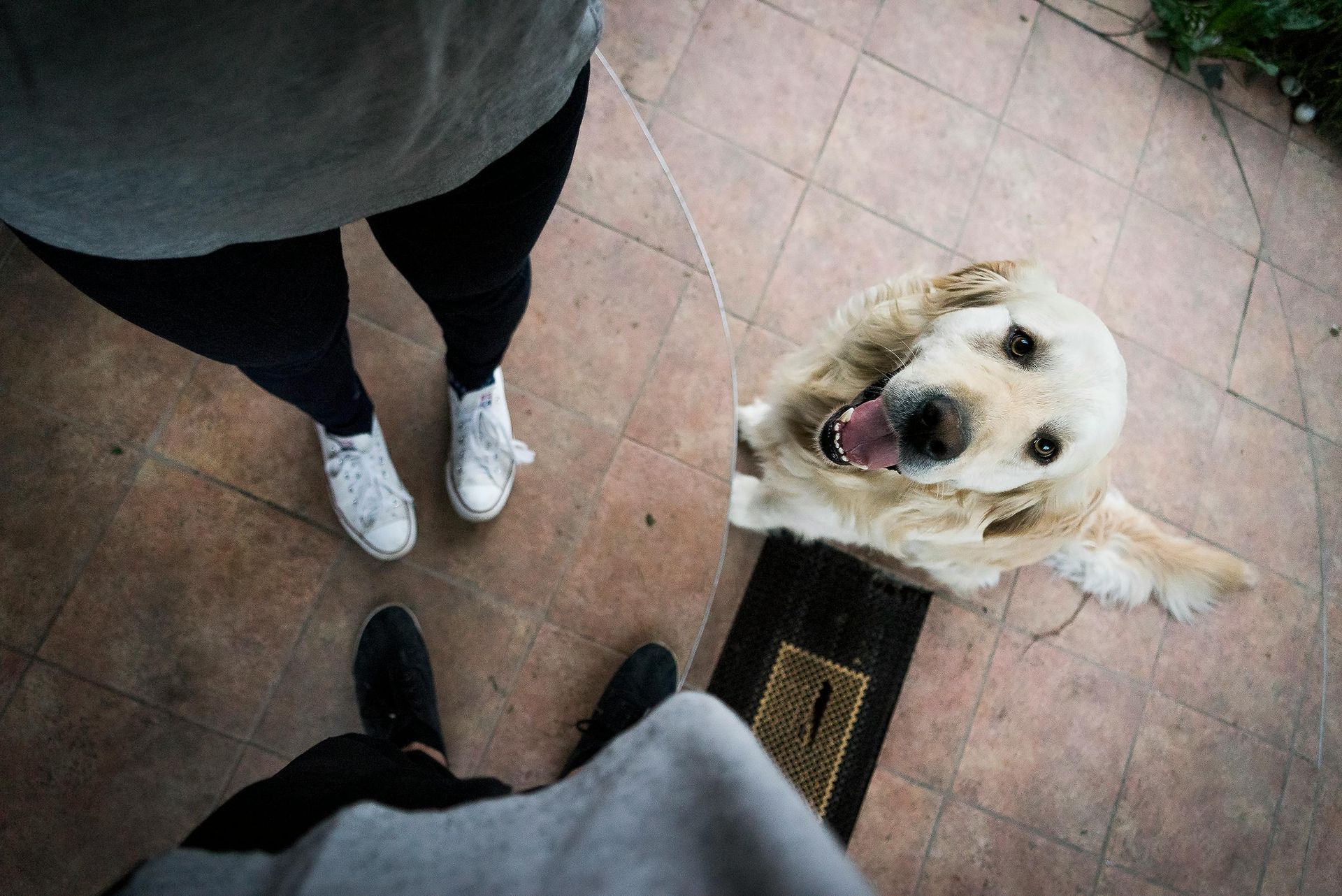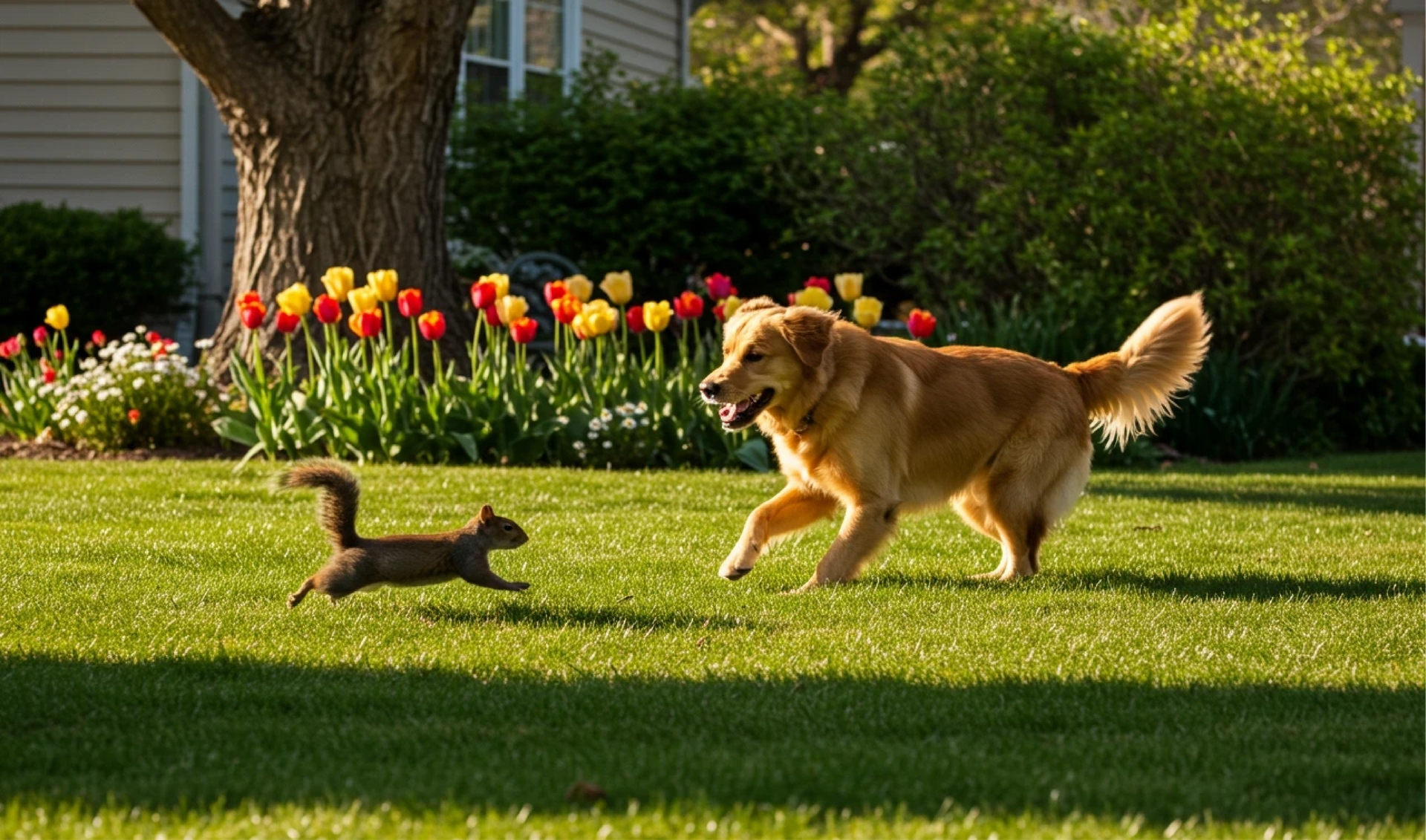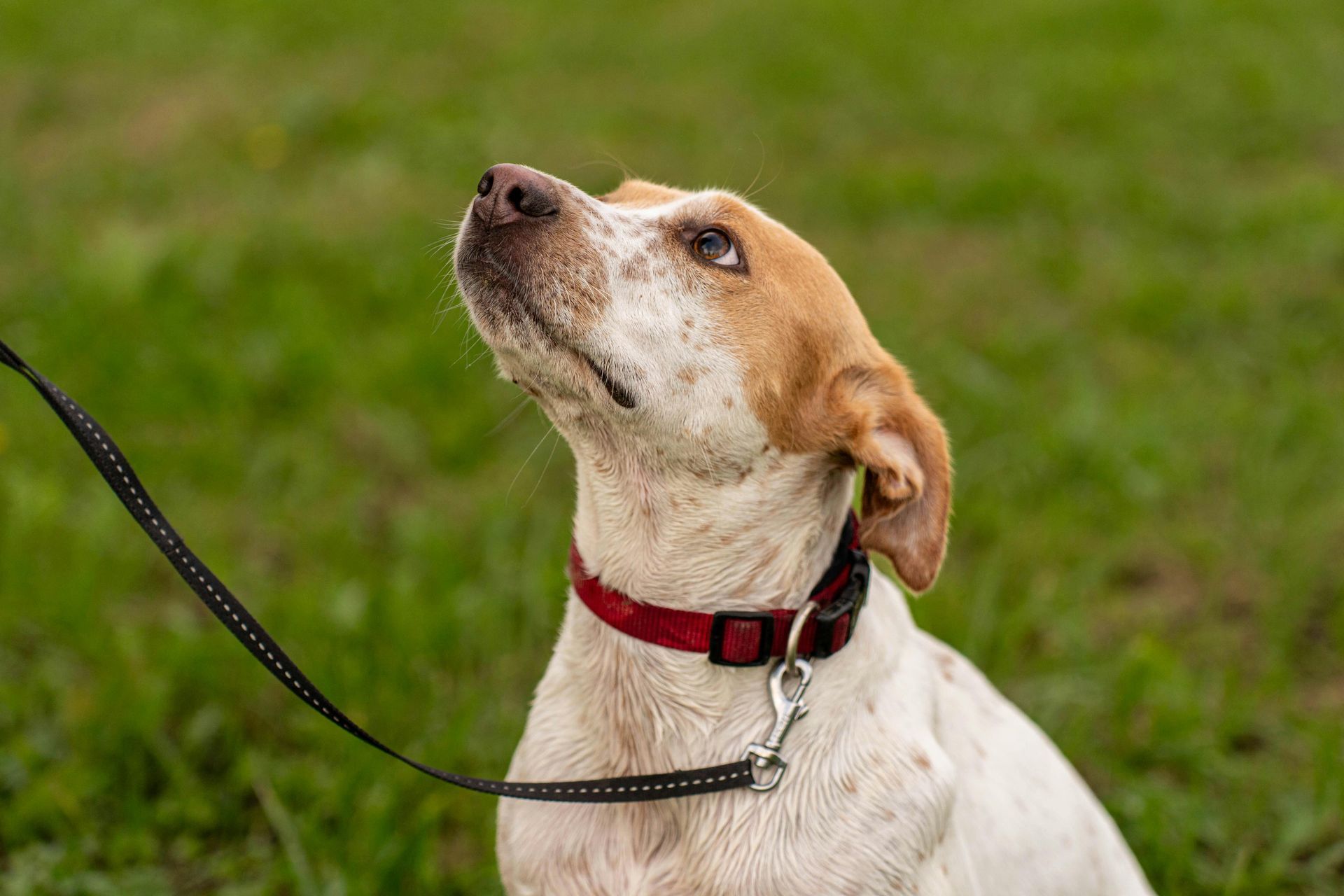Why Positive Reinforcement Works (And How to Use It Effectively)
Build better behavior through reward-based training that fosters trust, confidence, and long-term results.
At Best By Farr Dog Training, we believe that building a strong, respectful relationship with your dog starts with positive reinforcement. While there are many training methods out there, rewarding desired behavior consistently is one of the most effective—and humane—ways to shape behavior and build trust.
What is Positive Reinforcement?
Positive reinforcement means giving your dog a reward (like a treat, praise, or a favorite toy) immediately after they do something you want to encourage. This teaches them that performing that behavior results in something good, making them more likely to repeat it.
Benefits of Positive Reinforcement:
- Builds trust and confidence: Dogs learn that good things happen when they make the right choices.
- Strengthens your bond: Training becomes a fun, interactive experience instead of a stressful one.
- Reduces fear-based behaviors: Dogs trained with positive reinforcement are generally less anxious and more well-adjusted.
- Adaptable for all ages: Whether you’re training a young puppy or reinforcing behaviors in a senior dog, this method works at any life stage.
Tips for Effective Positive Reinforcement:
- Timing is key: Reward immediately after the desired behavior.
- Be consistent: Use the same cues and rewards each time.
- Use high-value rewards: Find what your dog loves most and use that as motivation.
- Start small: Focus on one behavior at a time before building on more complex skills.
- Fade the treat over time: Once your dog reliably responds, slowly shift from food rewards to praise or play.
Positive reinforcement training empowers your dog to make good choices and builds a strong foundation of trust and respect. At Best By Farr Dog Training, we’re here to guide you through the process—helping you create a lifelong bond based on encouragement, not correction.


